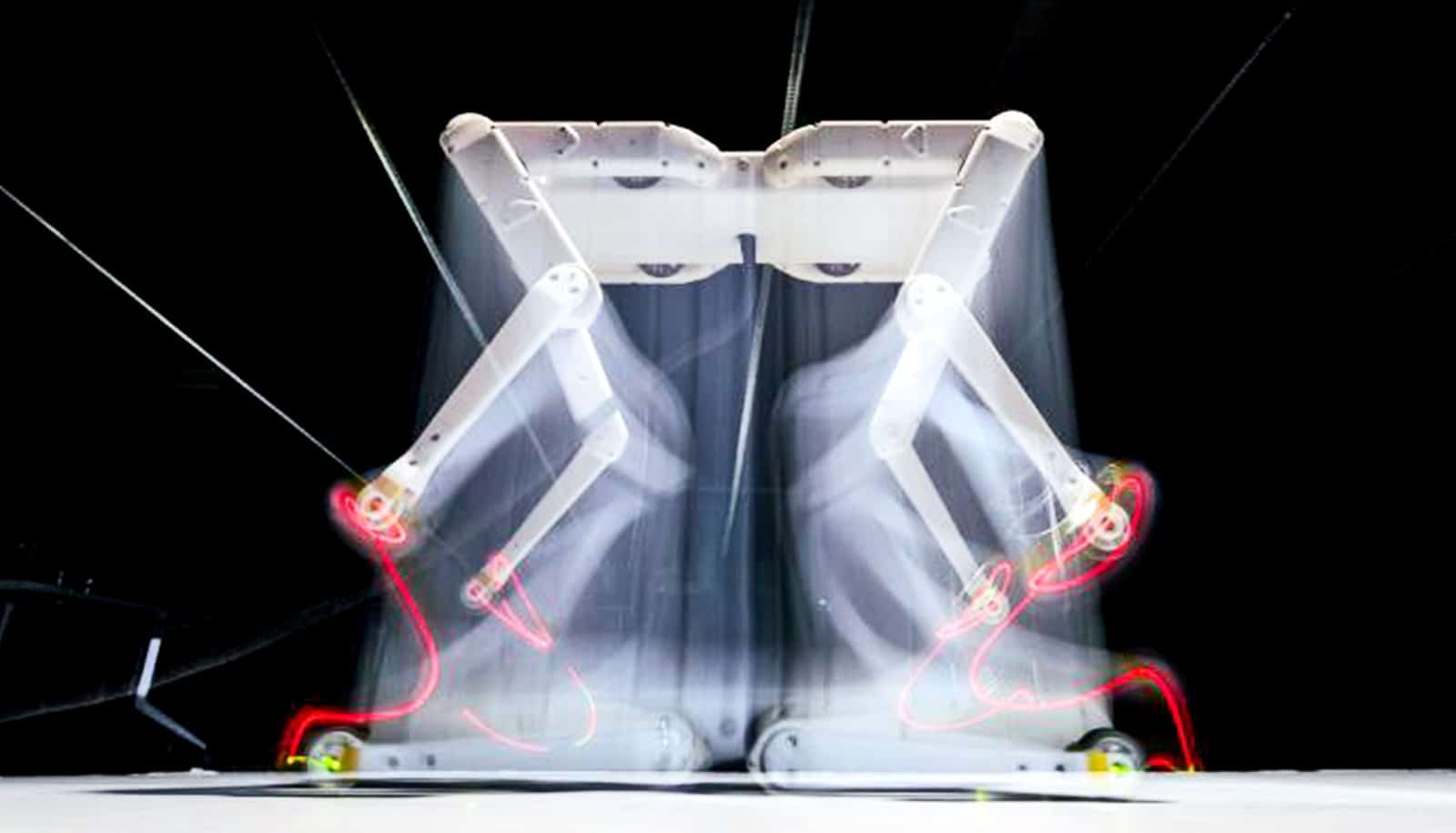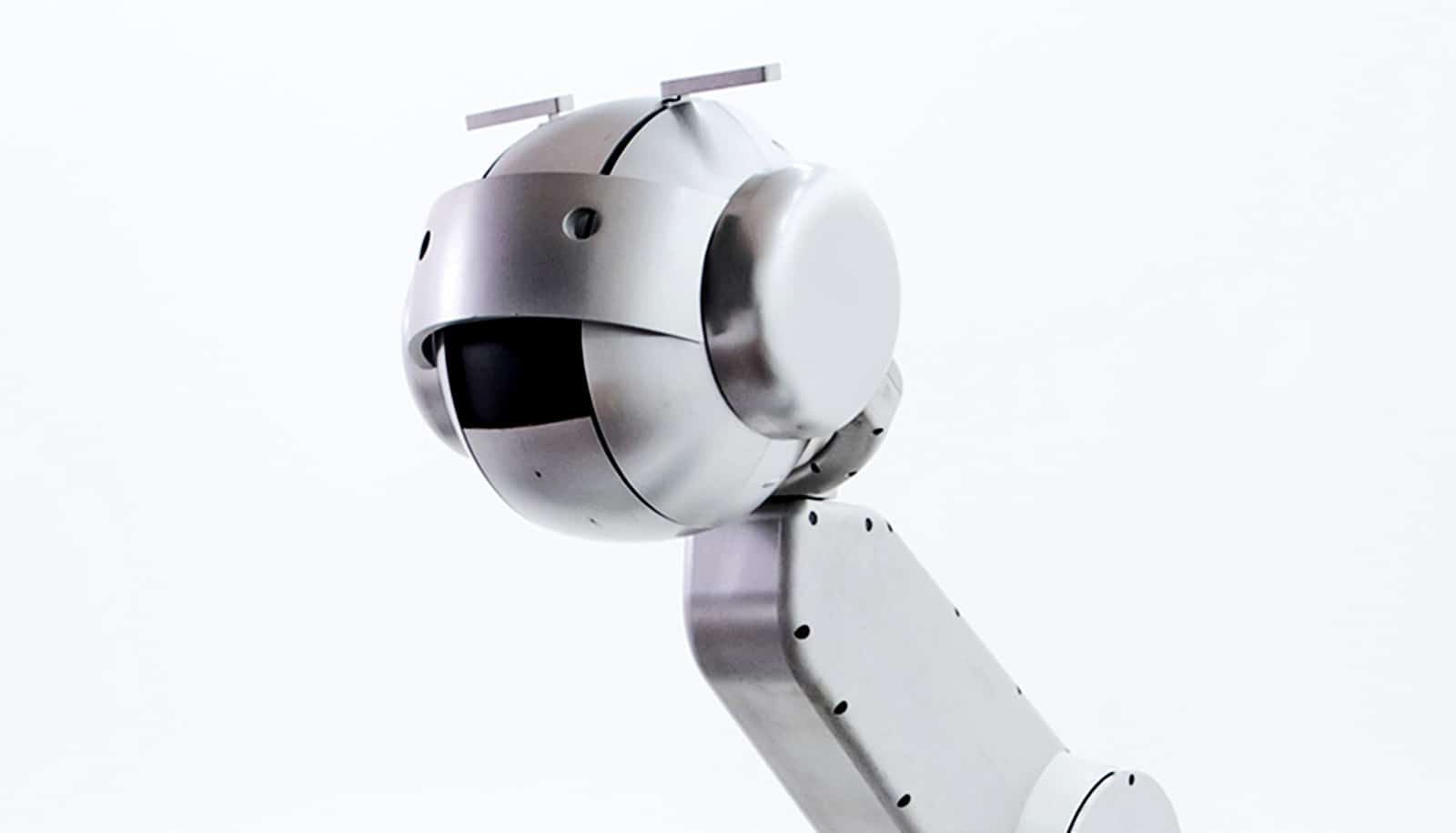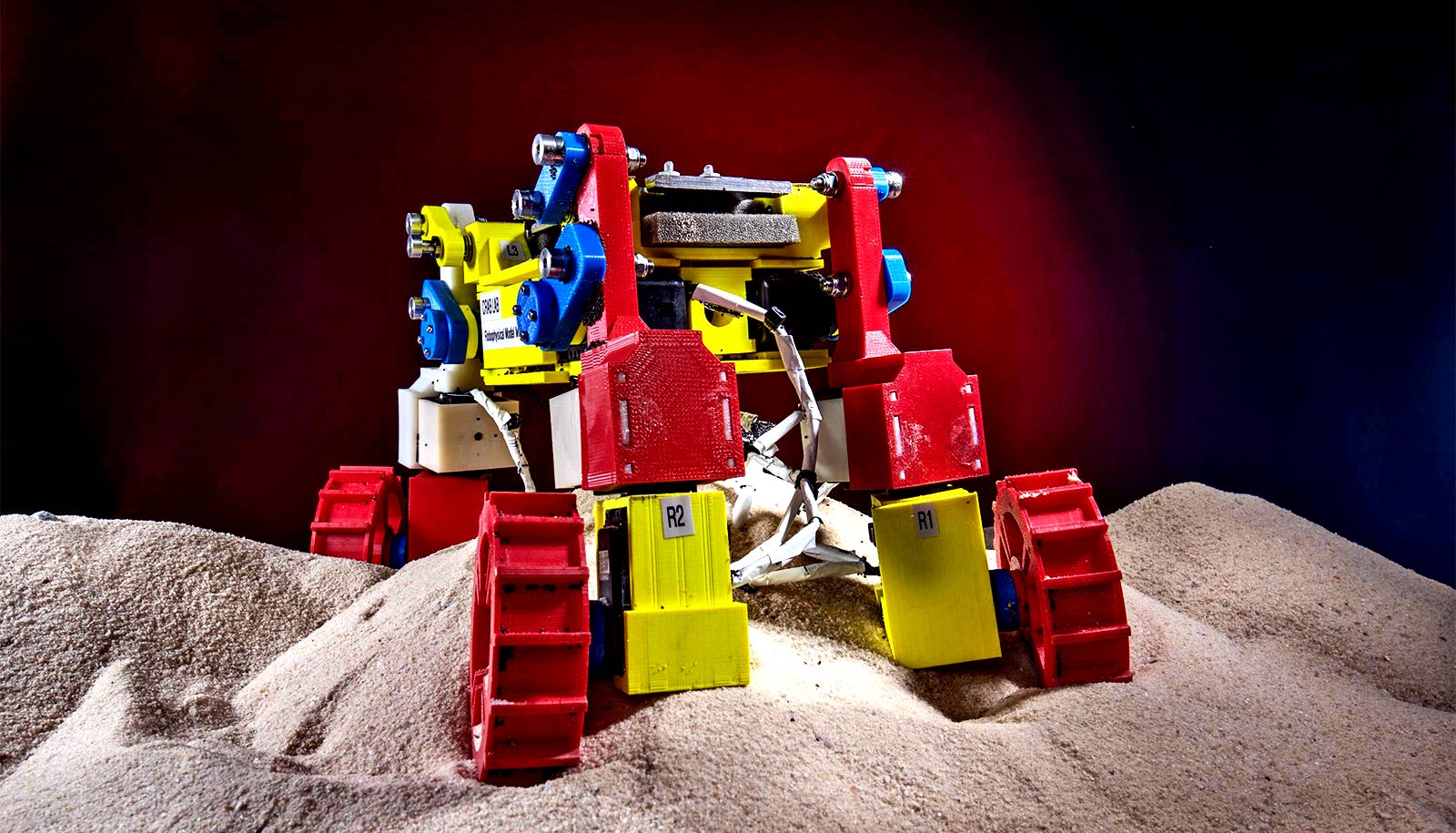A relatively low-cost, easy-and-fast-to-assemble quadruped robot called “Solo 8” can be upgraded and modified, researchers report.
Solo 8 could open the door to sophisticated research and development to teams on limited budgets, including those at startups, smaller labs, or teaching institutions.
Robots capable of the sophisticated motions that define advanced physical actions like walking, jumping, and navigating terrain can cost $50,000 or more, making real-world experimentation prohibitively expensive for many.
The researchers designed the device with an eye to making robot research and pedagogy more accessible to a broader range of institutions and labs and—through the use of the same open-source platform—allow researchers to compile comparative data—a critical step towards rapid progress in robotics.
“Our robot platform is a great base to quickly prototype and build high-performance hardware…”
Solo 8’s functionality, including torque-controlled motors and actuated joints, allows it to behave like far more expensive robots: it can, for example, perform jumping actions, walk in multiple configurations and directions, and recover orientation, posture, and stability after being overturned.
Additionally, all the components of Solo 8 can be either 3D-printed or bought in a shop, and the construction files are freely available online, enabling other scientists to leverage the modular set-up when prototyping and developing their own technology.
The robot makes possible research in such areas as:
- Exploration of animal-based limb movement and movement over laboratory surfaces, gravel, soil, sand, mud, and other such terrains.
- Reinforcement learning for complex and dynamic behaviors, including those that push performance to stress limits that would be too risky to attempt with expensive platforms.
- Very dynamic locomotion (including parkour-style behaviors), which very few robots can perform
- Manipulation of the environment (such as opening doors or pushing buttons).
- Integration of robots with advanced communications technology.
“Already many universities have approached us, and wish to make a copy of our robot and use it as a research platform,” says Ludovic Righetti, associate professor of electrical and computer engineering and mechanical and aerospace engineering at New York University’s Tandon School of Engineering, a research group leader at the Max Planck Institute for Intelligent Systems (MPI-IS) in Tübingen and Stuttgart, Germany in addition to his duties at Tandon. He explains that the concept was recently used by the department of empirical inference at the MPI-IS to build robotic fingers that can manipulate objects.
“Our robot platform is a great base to quickly prototype and build high-performance hardware,” he says.
“For a research group to develop such a robot themselves, it takes easily four years of work.”
“In return we benefit, because other researchers can contribute to the project; for example colleagues at the LAAS-CNRS in France have developed an electronic board to help communicate with the robot over WiFi. Also, complex control and learning algorithms can be rapidly tested on the platform, decreasing the time from idea to experimental validation. It greatly simplifies our research, and our open-source approach allows us to compare algorithms with other laboratories,” Righetti says.
“In my lab here in New York, we have developed very efficient motion optimization algorithms, but testing them on a complex, heavy robot can easily take half a year of work for several researchers, while this can be done more easily with Solo. That was a big deal for us.”
“For a research group to develop such a robot themselves, it takes easily four years of work,” says Alexander Badri-Spröwitz, leader of the Dynamic Locomotion research group at MPI-IS. “Additionally, you need a wide range of expertise. Our platform is the combined knowledge of several teams. Now any lab worldwide can go online, download the files and print the parts, and buy the remaining components from the catalog. And everybody can add extra features, within a few extra weeks. Done—you’ve got yourself a world-class robot.”
He adds that with an estimated price of a few thousand Euros, the robot, homemade and easy to tweak to meet individual research goals, is more accessible to greater numbers of researchers and instructors than a store-bought legged robot.
“Solo has some novel capabilities that we are interested to explore in the future,” says Felix Grimminger, a mechatronics engineer. “It has an extensive range of motion, for example. When the robot falls on its back, it can configure the legs the other way and just stand up. Or it can jump up to reach 65 centimeters [25.59 inches] from a standing height of 24 cm [9.44 inches].”
Thanks to torque-controlled motors, the robot achieves a spring-like behavior, which perform like muscles and elastic tendons in animal legs.
“Note that the robot uses virtual springs, not mechanical springs. And as virtual springs, they can be programmed. You can, for instance, adjust the spring stiffness from soft to hard, which is interesting because we see variable stiffness in humans and animals, and with adjusted stiffness the robot achieves adaptive and robust locomotion behavior,” Badri-Spröwitz adds.
Solo 8 weighs just over 2 kilograms (4.4 lbs), providing a very high power to weight ratio. Most quadruped robots are significantly heavier and therefore more dangerous and harder to handle in a research environment. With a low weight, it now becomes easier and safer for students to handle the robot, which can even be carried in a backpack to be transported home or to a conference.
The robot carries the number eight in its name as an indicator of its eight actuated joints: each robotic leg can change its angle and length. Researchers recently finished a new version, however, and they’ve conducted the first tests with 12 degrees of freedom, three per leg. The new robot can now also step sideways.
“Because of the additional degrees of freedom it will be a lot more versatile and will be able display more interesting and complex behaviors,” says Badri- Spröwitz.
The researchers’ work has been accepted for publication in Robotics and Automation Letters. The researchers will present the work virtually later this month at ICRA, the International Conference on Robotics and Automation.
Funding for the research came from Righetti’s ERC Starting Grant and then by several MPI-IS’ grassroots projects and a US National Science Foundation grant.
Source: New York University



